A very unique characteristic of this museum is some of the aircraft are still flight worthy and participate in air shows throughout the U.S. Flights can be purchased by the public on one of three aircraft. Pretty cool.
There are two large hangars where the aircraft are on display.
B-25 Mitchell North American, a WWII medium bomber used by all branches of the service. 16 B-25s were launched from the aircraft carrier, Hornet, to strike the first retaliatory strike (led by Doolittle) on Tokyo (April, 1942) after the attack on Pearl Harbor. Check out the nose of the aircraft designed to enable the bombardiers identify targets.
The Top Secret Norden Bombsight was a technologically-advanced piece of equipment that was considered one of the most important US military secrets of WWII. For the Doolittle mission, the 50-pound Norden Bombsights were removed from all of the B-25s on the mission for fear that one might be recovered by the Japanese. One of the officers designed the simplistic Mark Twain Bombsight (cost $.20 to manufacture) and they were installed for the mission. They provided to be very accurate. First photo is of the Norden, the second the Mark Twain in the nose of the B-25.
This F4U-5N Corsair has the markings of Annie Mo, a Corsair flown by Guy Bordelon, the only Navy Ace, Night Flyer Ace, and Piston-Engine Ace of the Korean War.
P-47D Thunderbolt (Republic Aviation) has the markings of Tarheel Hal and was flown by Lt. Ike Davis of the 366th fighter squadron of the 9th Air Force based in Toul, France.
Display of gun turrets with 50-calibre machine guns. I am always fascinated by these as my dad was a turret gunner in WWII in the Pacific.
Soviet MIG 17. This aircraft was distributed to Soviet Bloc countries and saw service with the North Vietnamese Air Force during the Vietnam War.
Douglas A-23B Invader. The "Million Airess," built in 1944 saw service with the 9th Air Force during the Battle of the Bulge.
F6F-51 Grumman Hellcat. This aircraft was the adversary of the Japanese Zero fighters during WWII. Hellcats were responsible for destroying 5,000 enemy aircraft by the end of WWII.
N25-3 Boeing Stearman Yellow Peril. These were used as trainers by the U.S. Navy. With almost 10,000 built during WWII, many were sold as crop dusters, sport plans, and aerobatic/wing walking aircraft for air shows. Individuals can purchase a flight on this aircraft.
TAH-1P Cobra (Bell Helicopter). The Cobra Gunship was designed as a troop escort, anti personnel, and anti tank attack helicopter. It was used in Vietnam as well as Iraq and Afghanistan. The second helicopter shown in the photo below is the Bell HH-1K Iroquois (Huey). This particular Huey was designed for special operations deployments (Navy Seal and sniper insertions). Hueys were widely used for troop transport in Vietnam.
PBY-5A Catalina was delivered in 1940 and was used by the U.S. Navy as an anti-aircraft/anti-submarine, long-range, patrol bomber.
This display of non-regulation art that became popular during WWII was very interesting. Nose Art was unofficially approved by the military as it was seen as a morale booster giving a crew a sense of identity as they carried out very dangerous missions. The four primary sources of ideas for Nose Art were: Drawings of women by Alberto Vargas that were published in Esquire magazine; comic strip characters; Hollywood stars (Rita Hayworth, Betty Grable, etc.); and Disney characters. In 1939, Disney and his artists began designing squadron and unit insignia (about 1,200 designs) with no charge to the military.
In addition to the aircraft, there are multiple displays of vehicles used during the WWII era. Here is a Willys MB 1943 (Jeep) armed with 30-calibre mounted machine gun, M1 rifle, Thompson M1A1 45-calibre, machine gun.
Be sure to stop by the exhibits found near the restrooms in the gift shop area.
There is a model and information about the USS Hornet, the aircraft carrier that supported the Doolittle attack on Japan in 1942, and other battles in the Pacific during WWII.
In April of 1943, 25 B-24s took off from Libya to bomb the Axis port in Naples, Italy. All returned except one that was lost in the desert south of the base. It was not until 1959 that the ruins of the aircraft were located. There is a display depicting the site and memorializing the 9 on board that were lost.
There are numerous paintings in this area of the museum by three artists. I especially liked the pieces by Douglas Ettridge (1927-2009).
I have come to really appreciate this type of museum that memorializes the brave men and women who served and defended our country. There are so many interesting tales to be told about what they experienced and the heroic missions they endured with some surviving and some giving the ultimate sacrifice. I am so very thankful for those individuals today that work to preserve these artifacts that tell the story of our country's history.
Admission is $8/adult. It is open 7 days a week and has plenty of free parking.
Website: www.lsfm.org

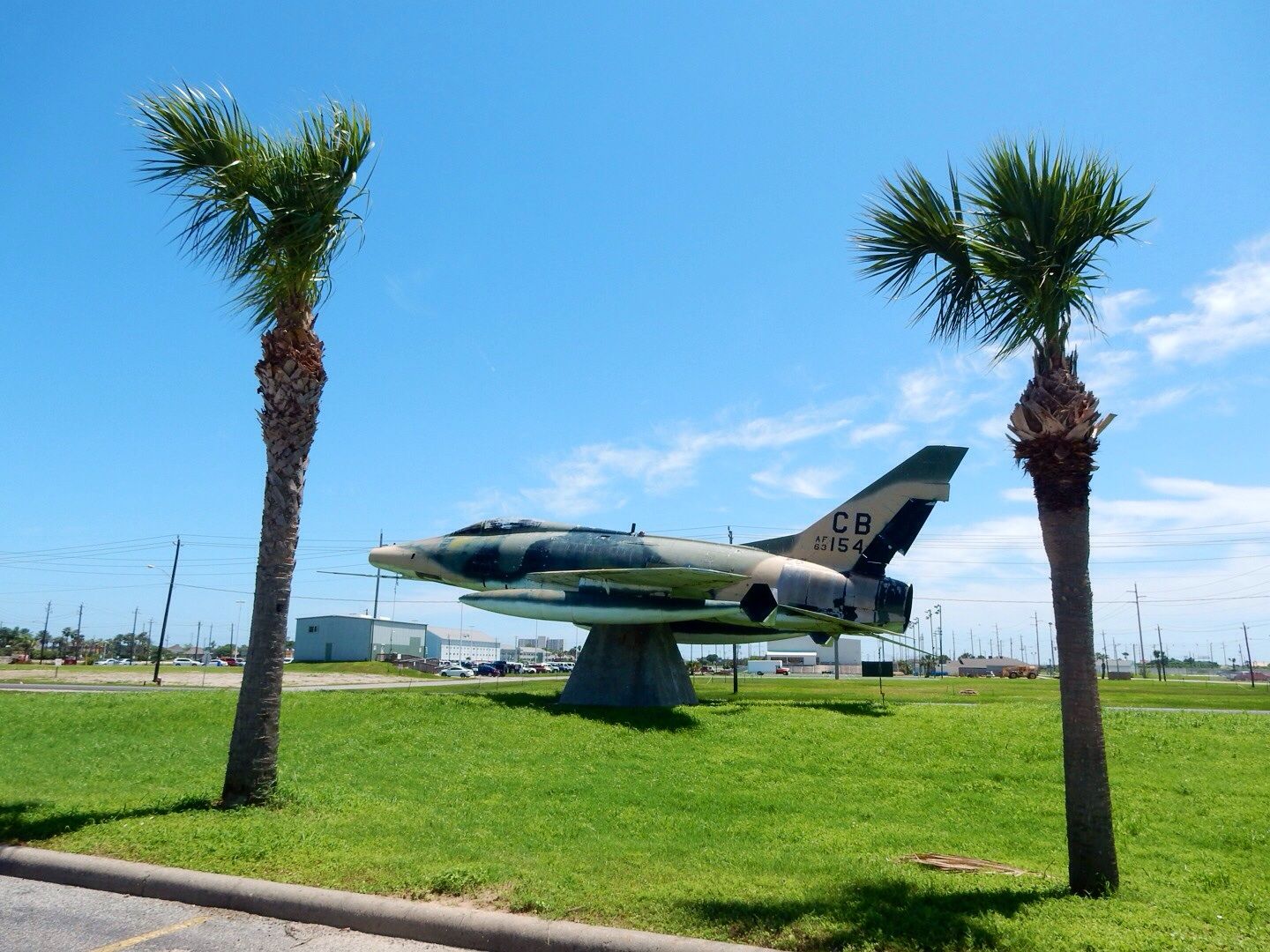
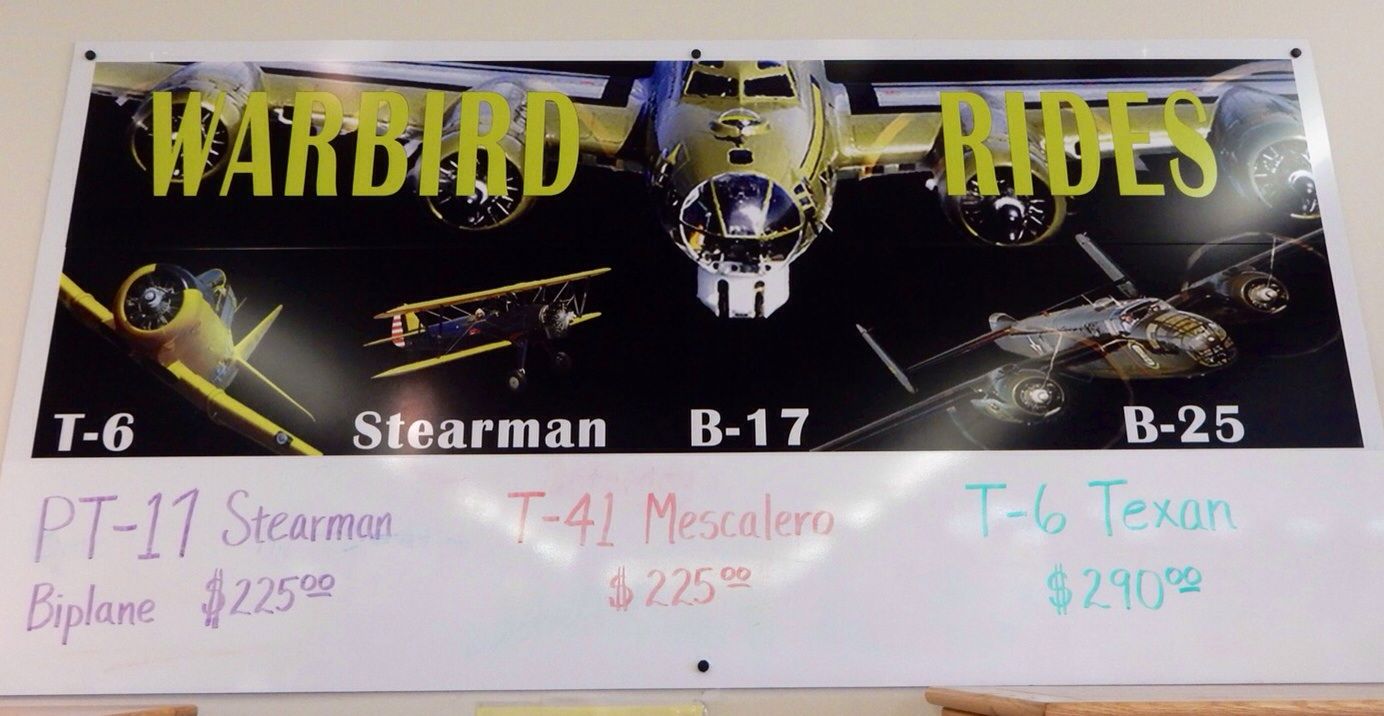

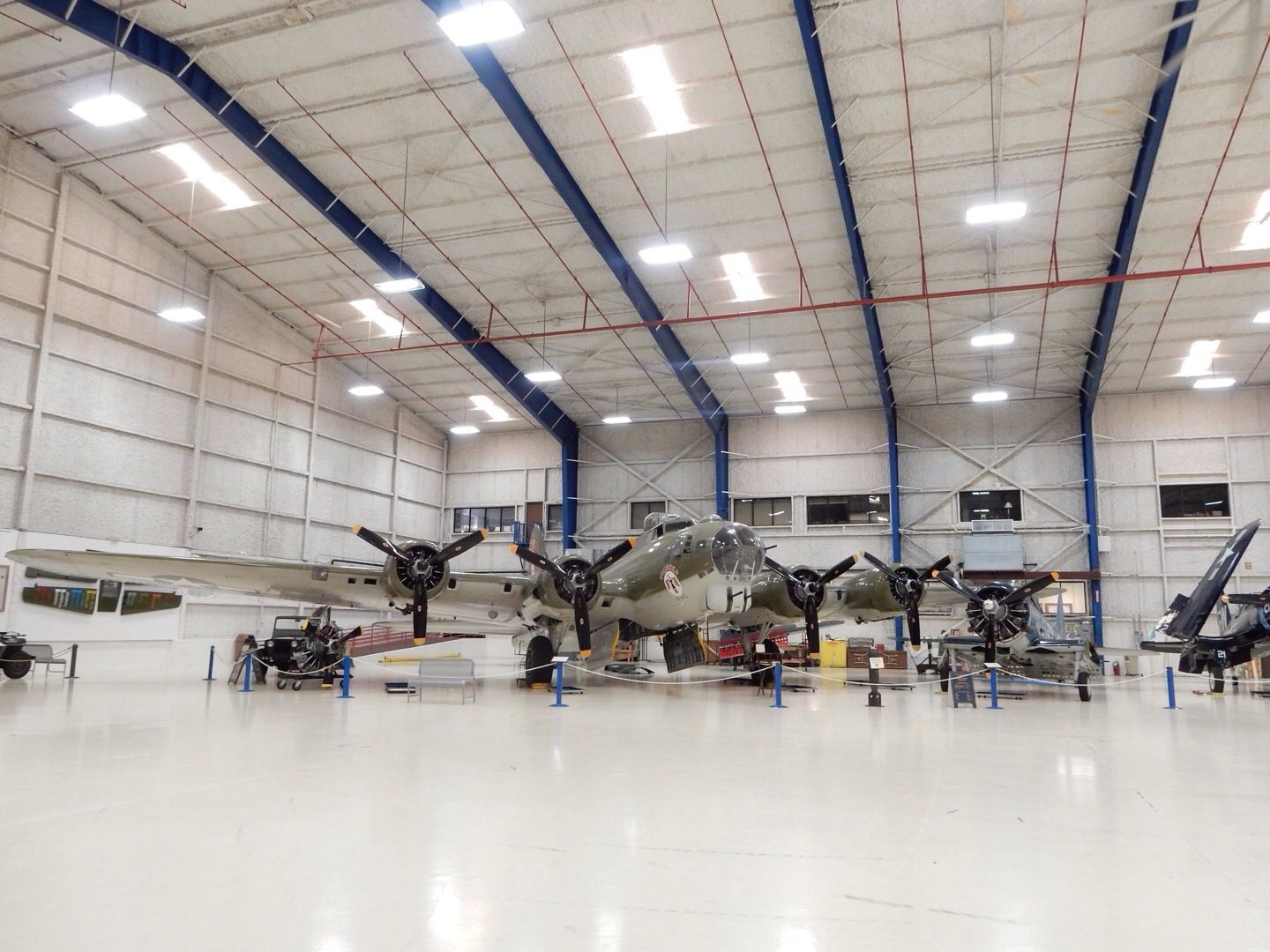

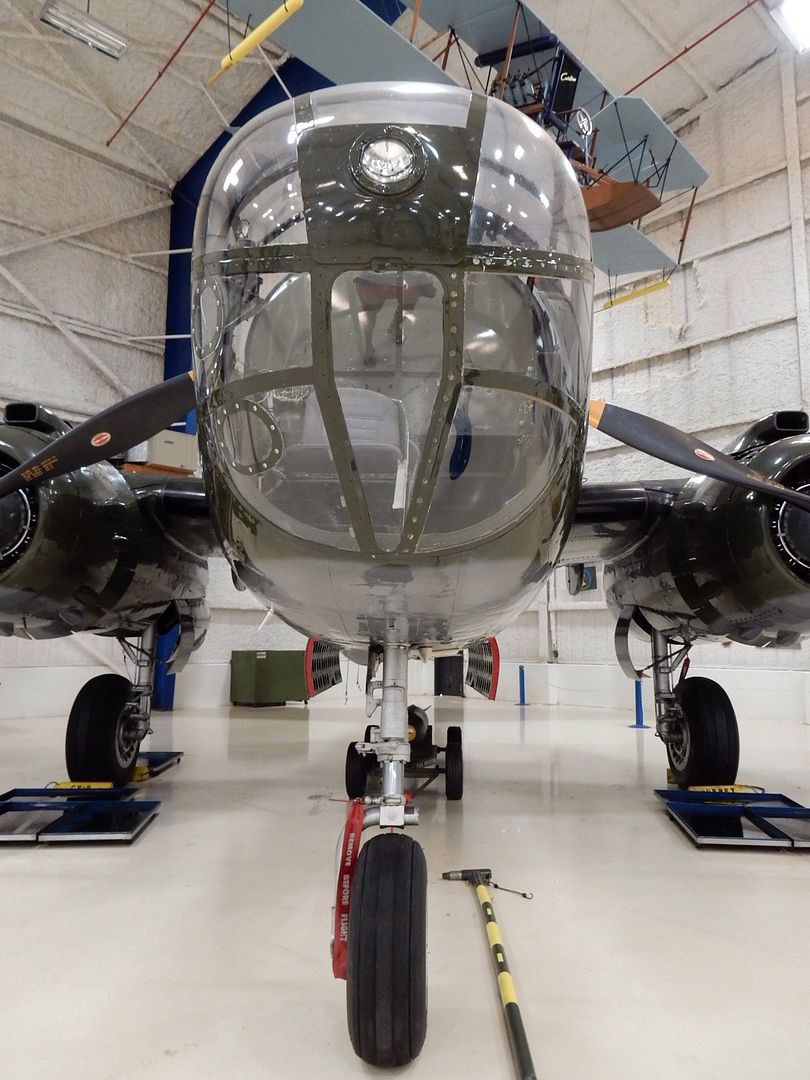


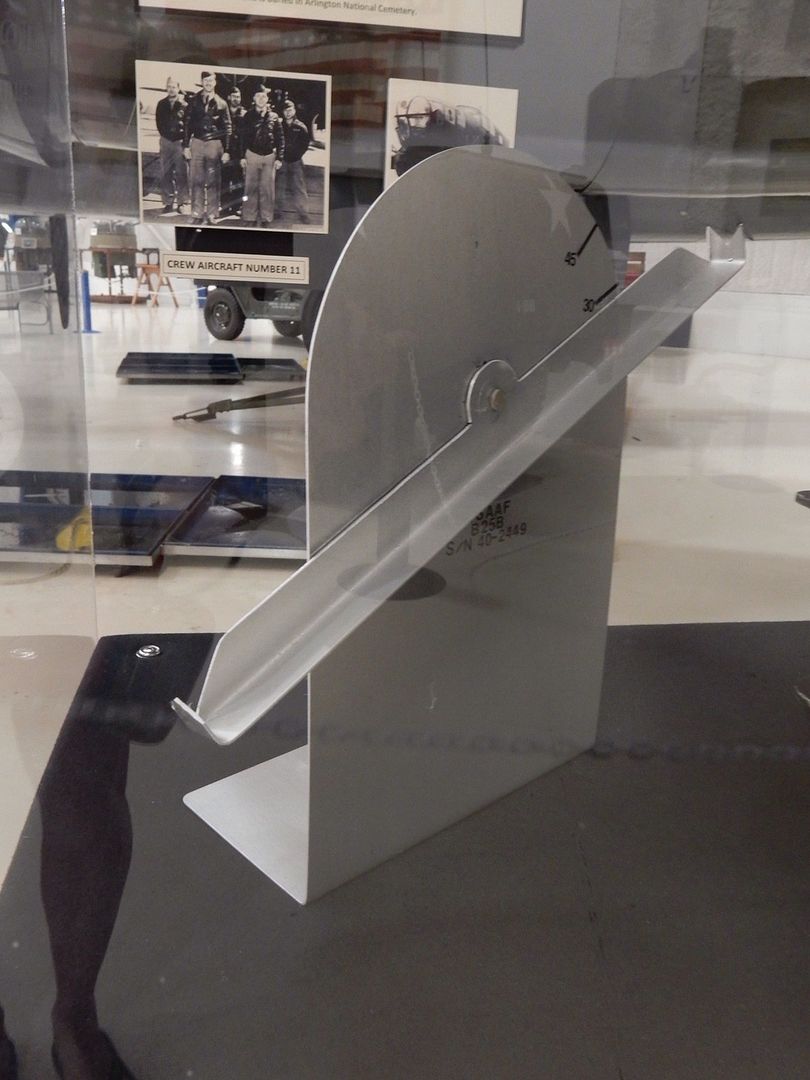


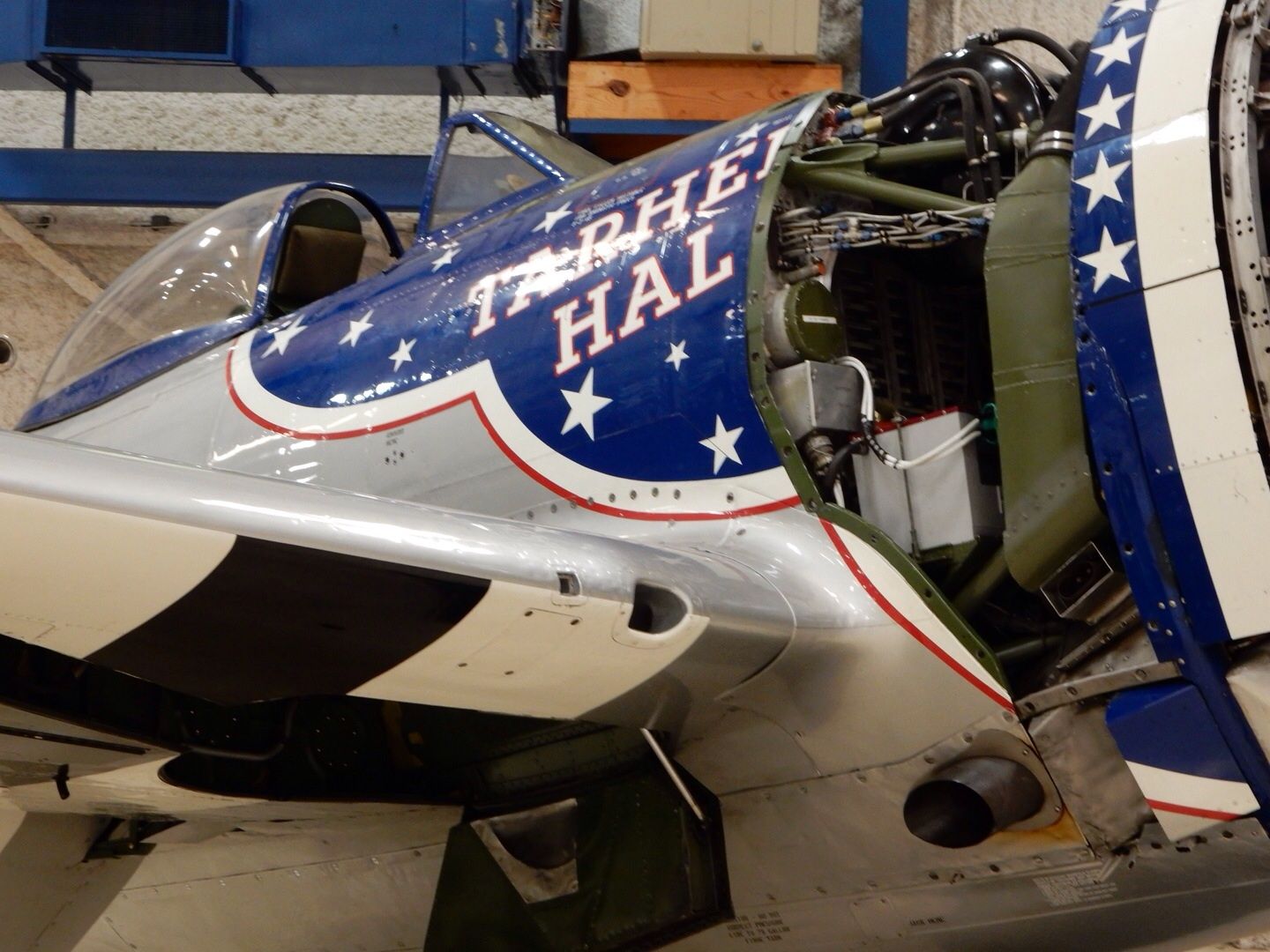
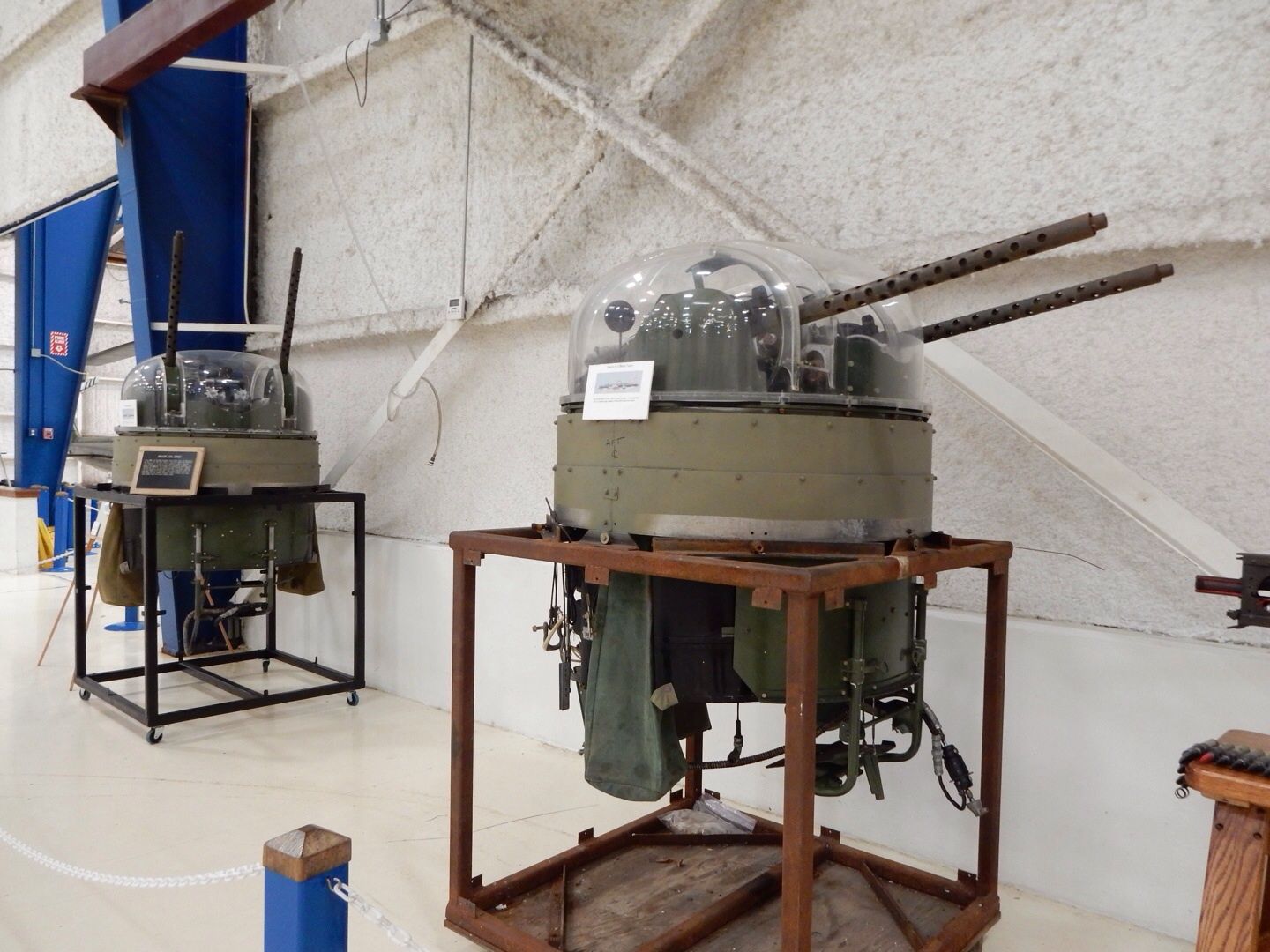
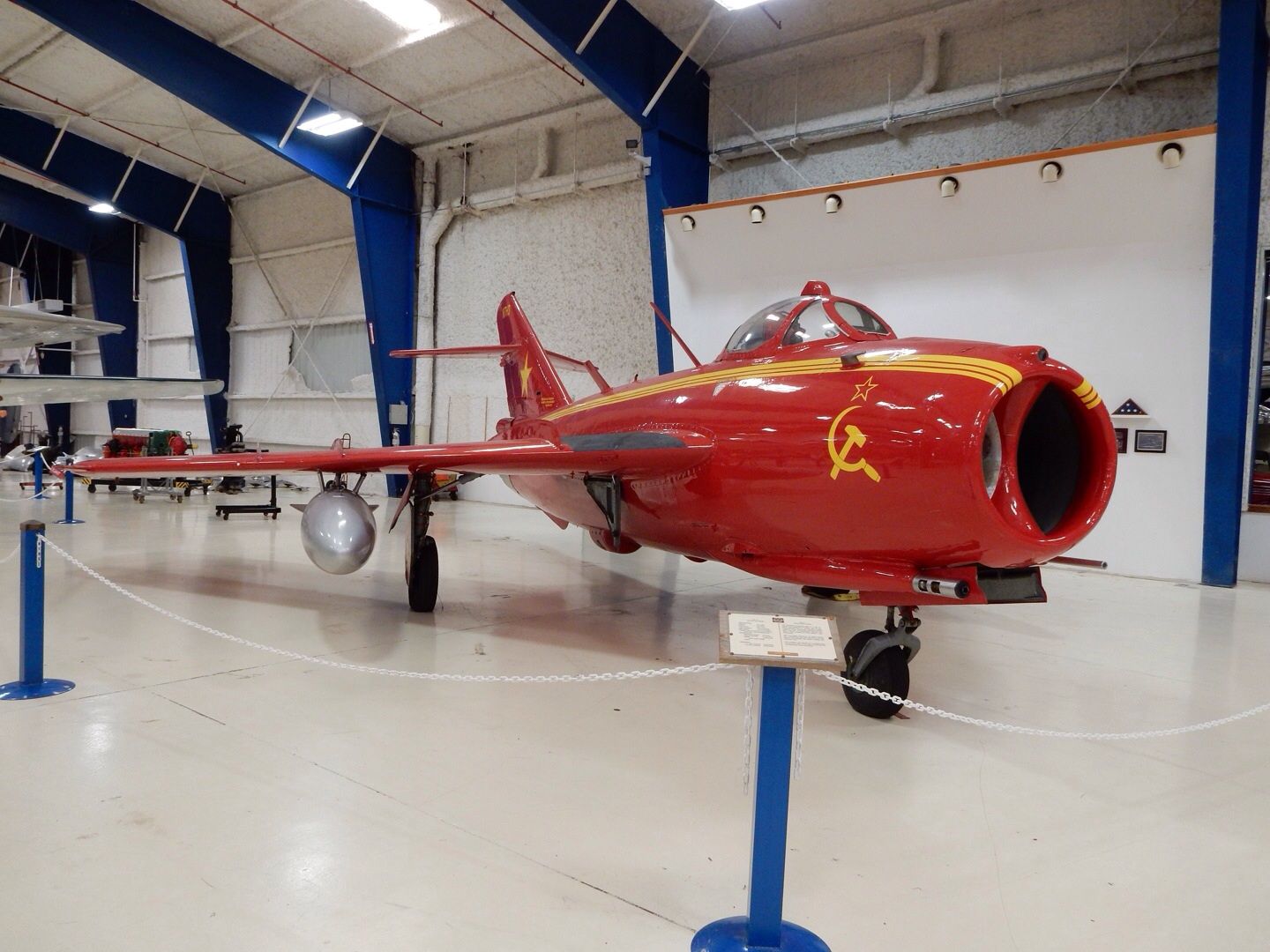


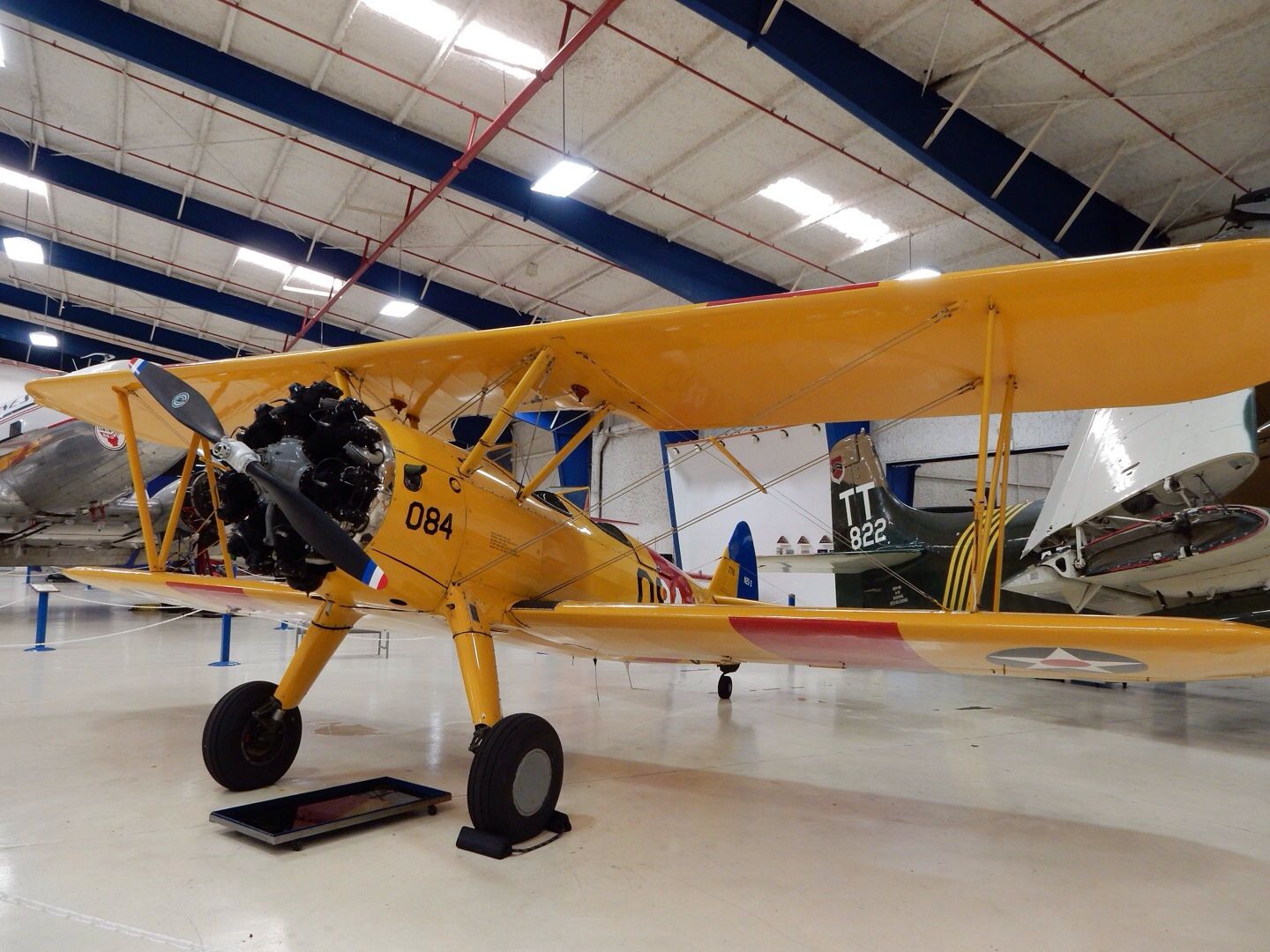

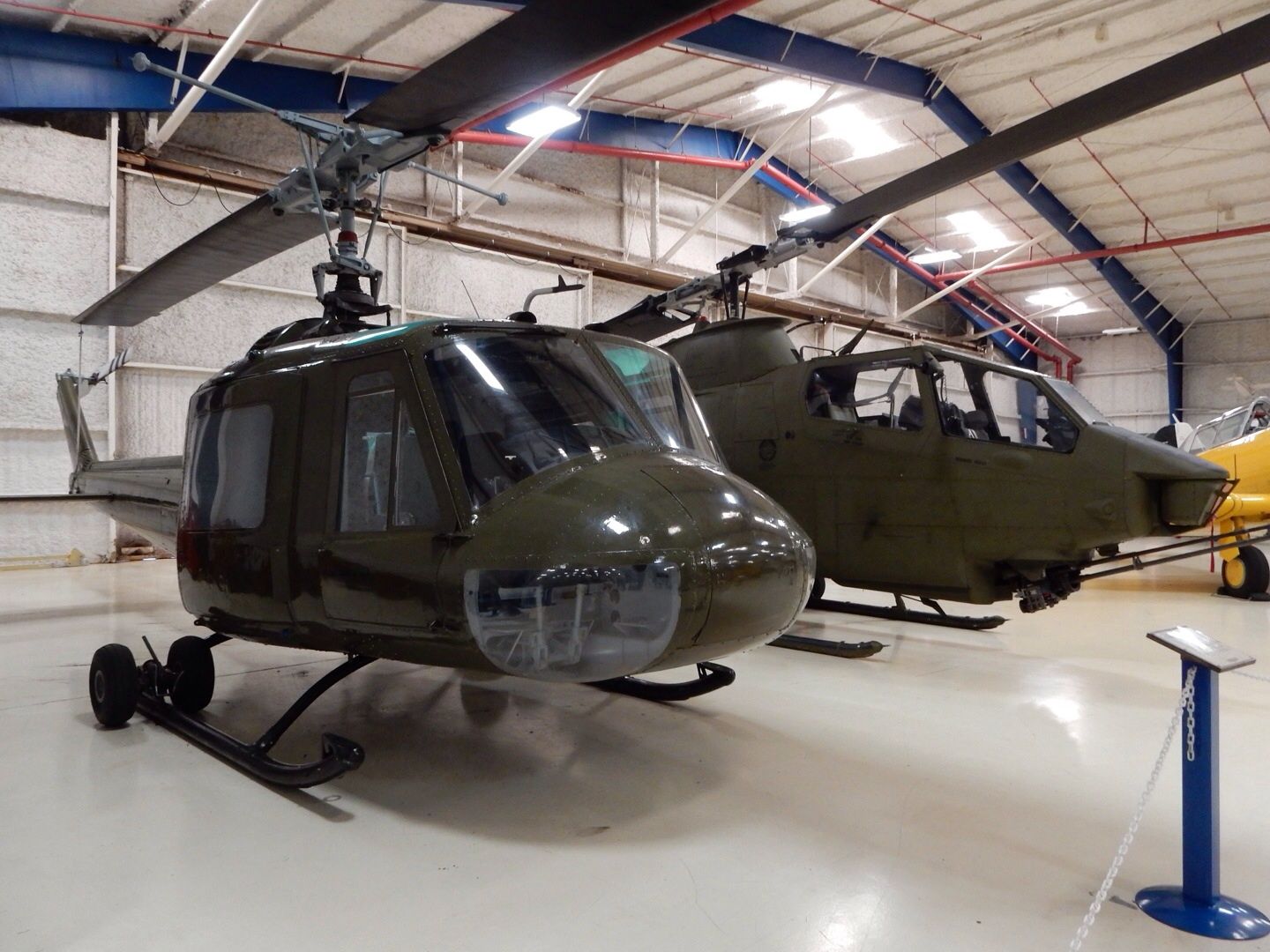


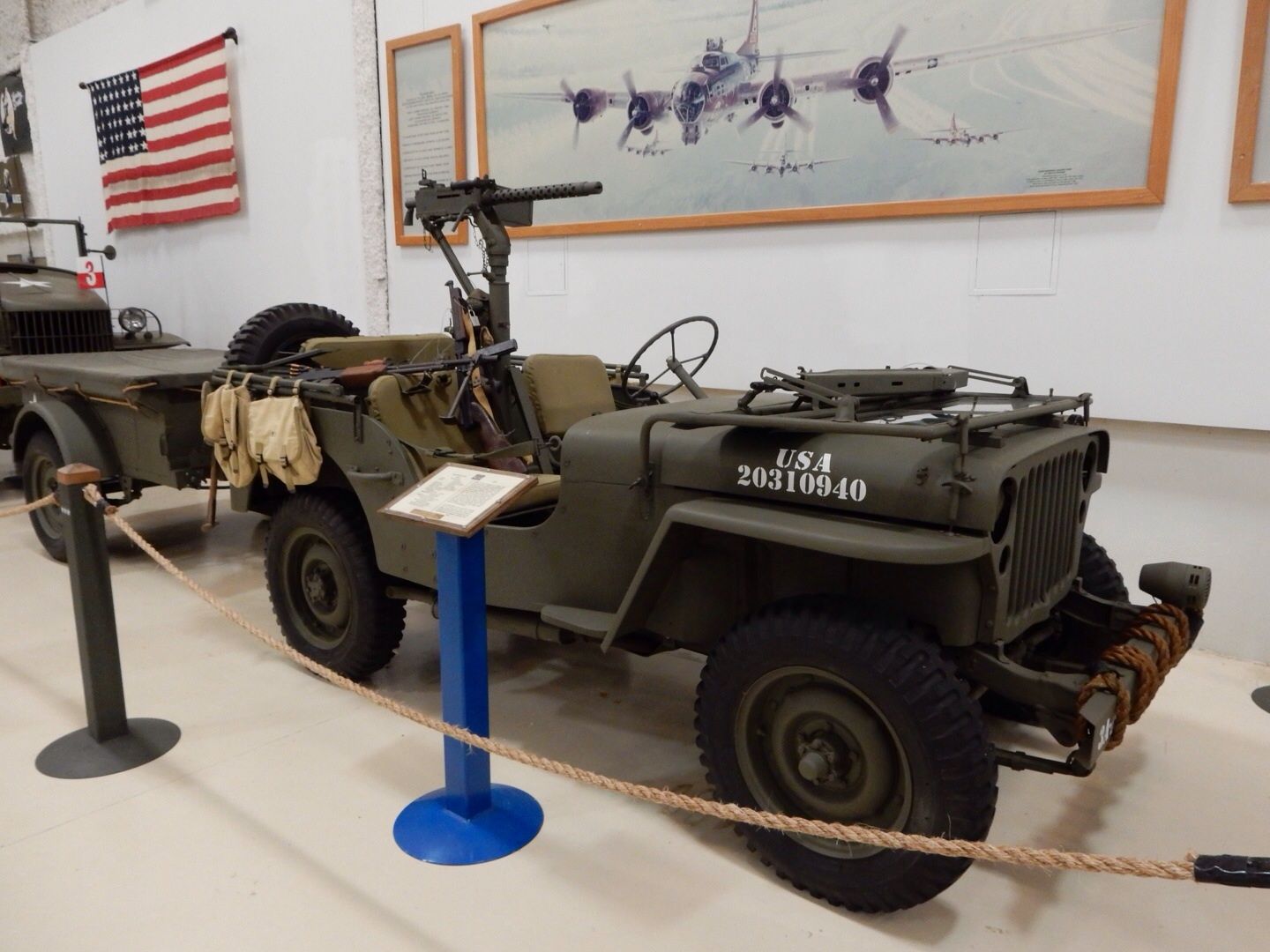
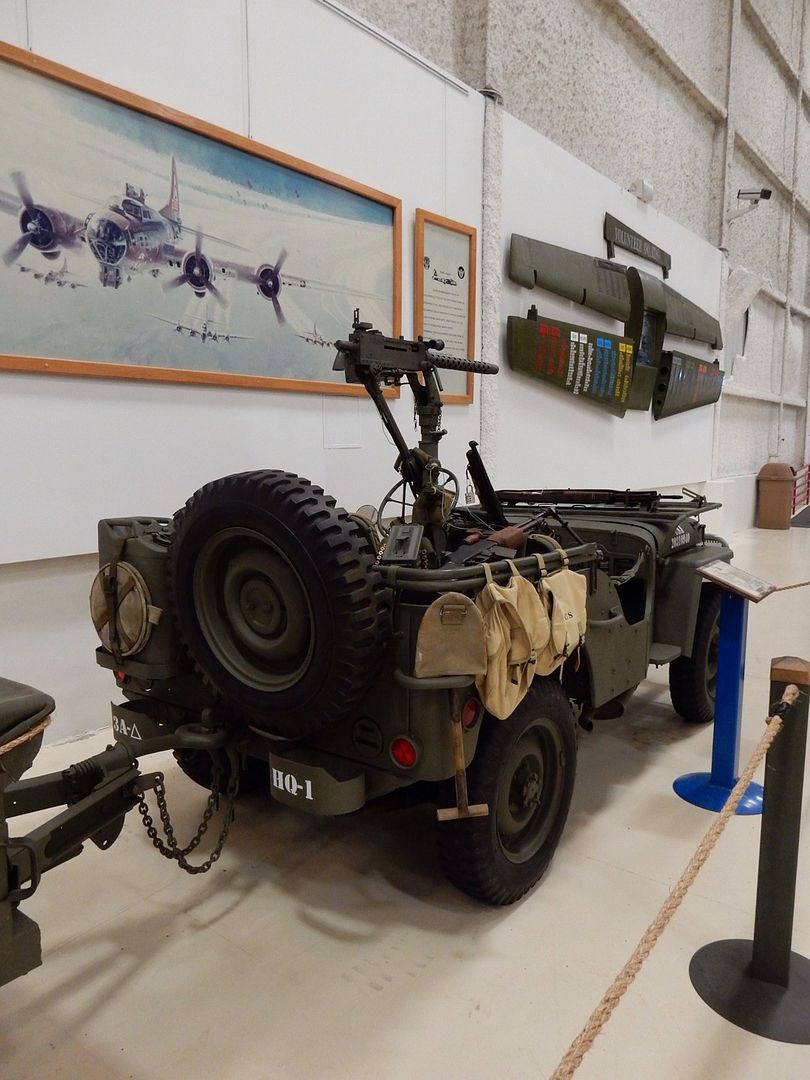
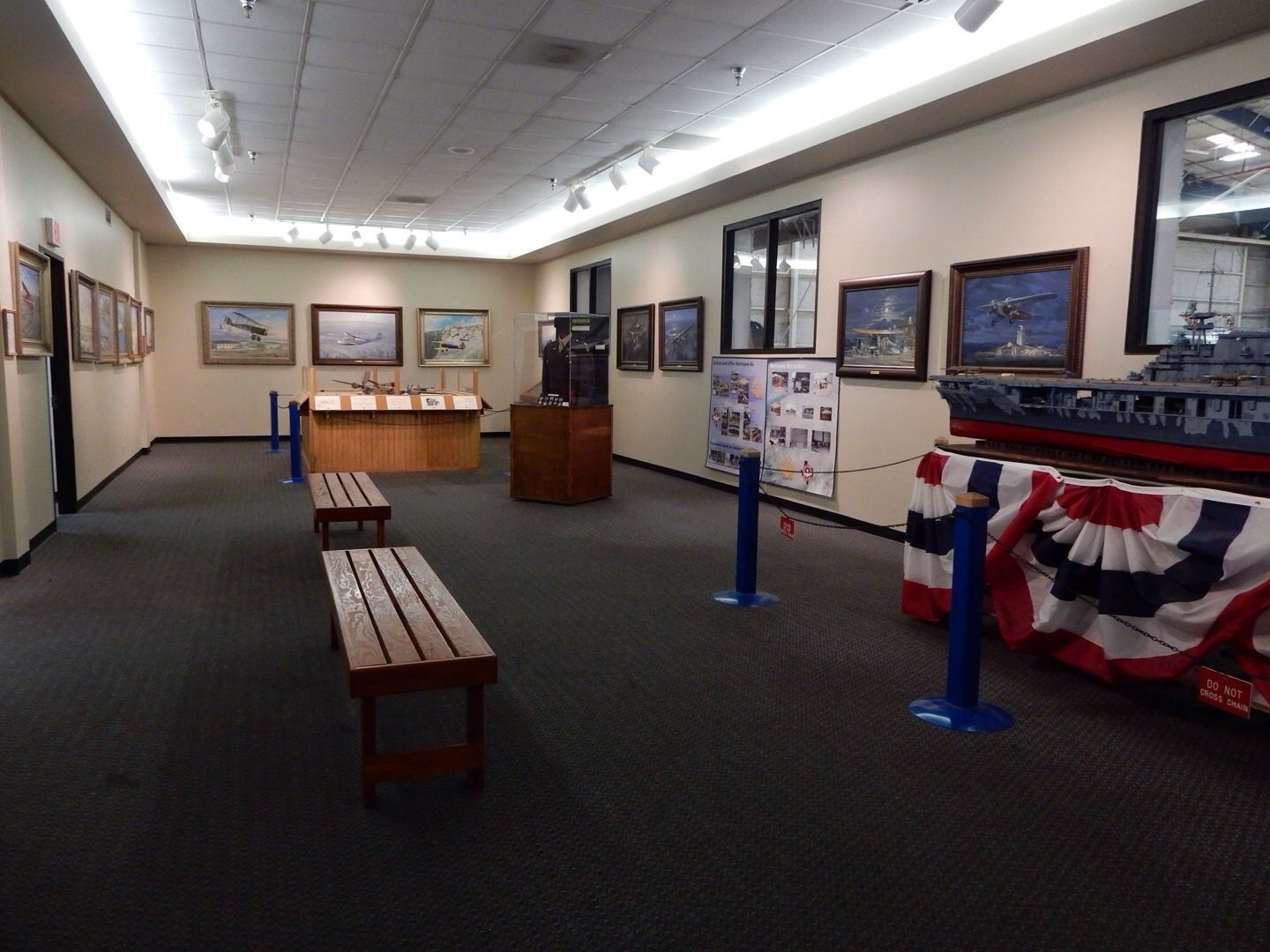
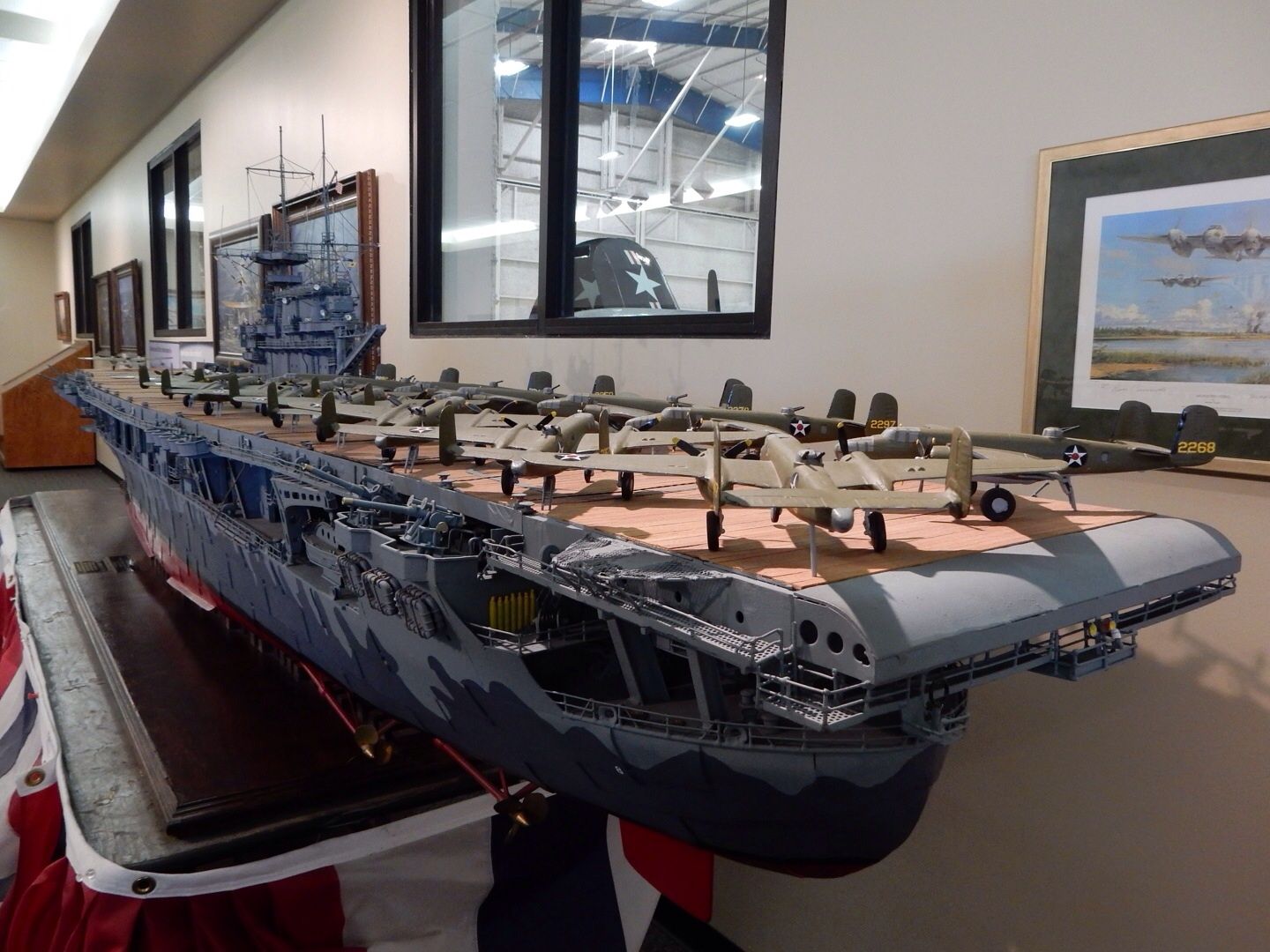
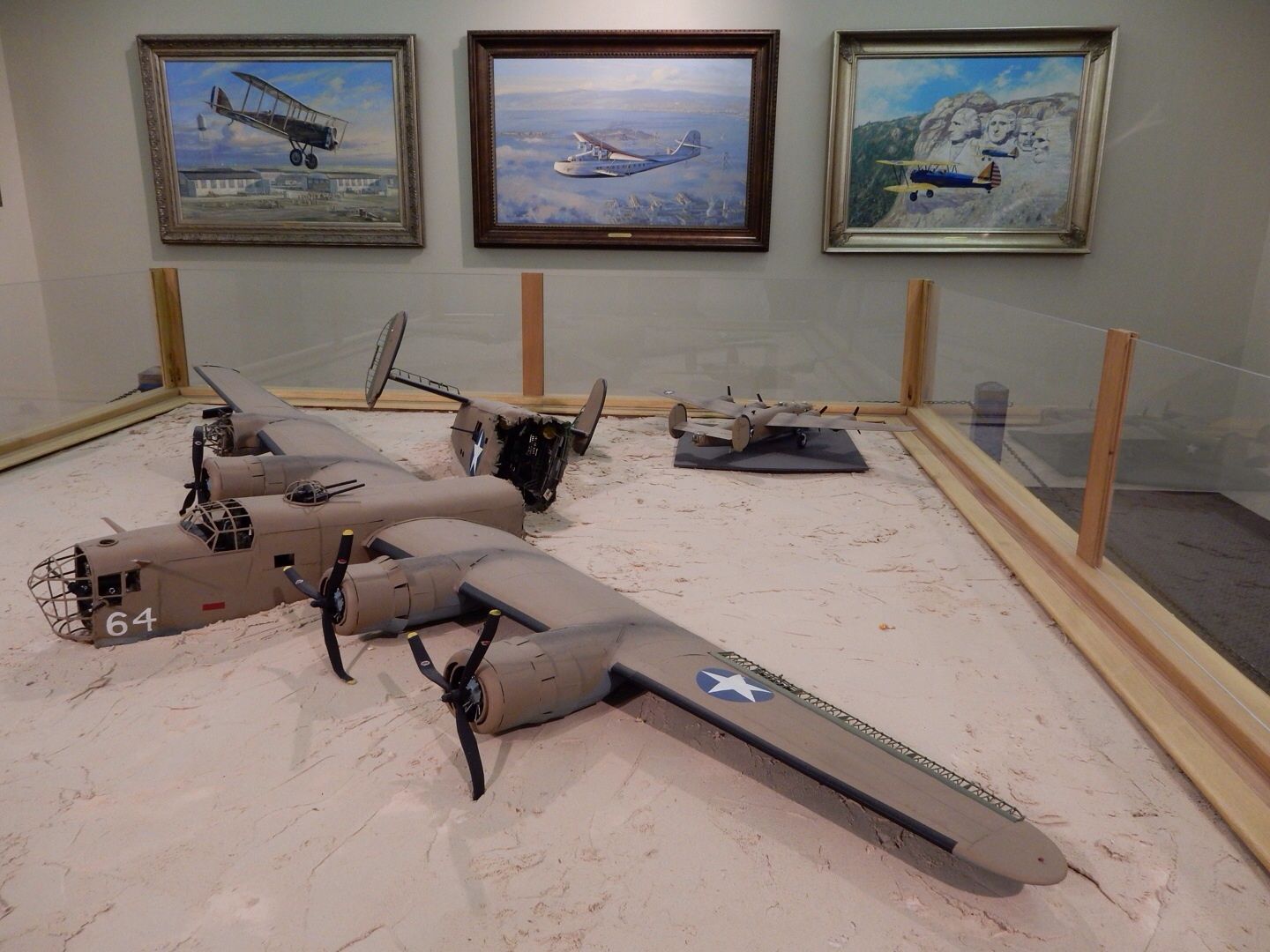
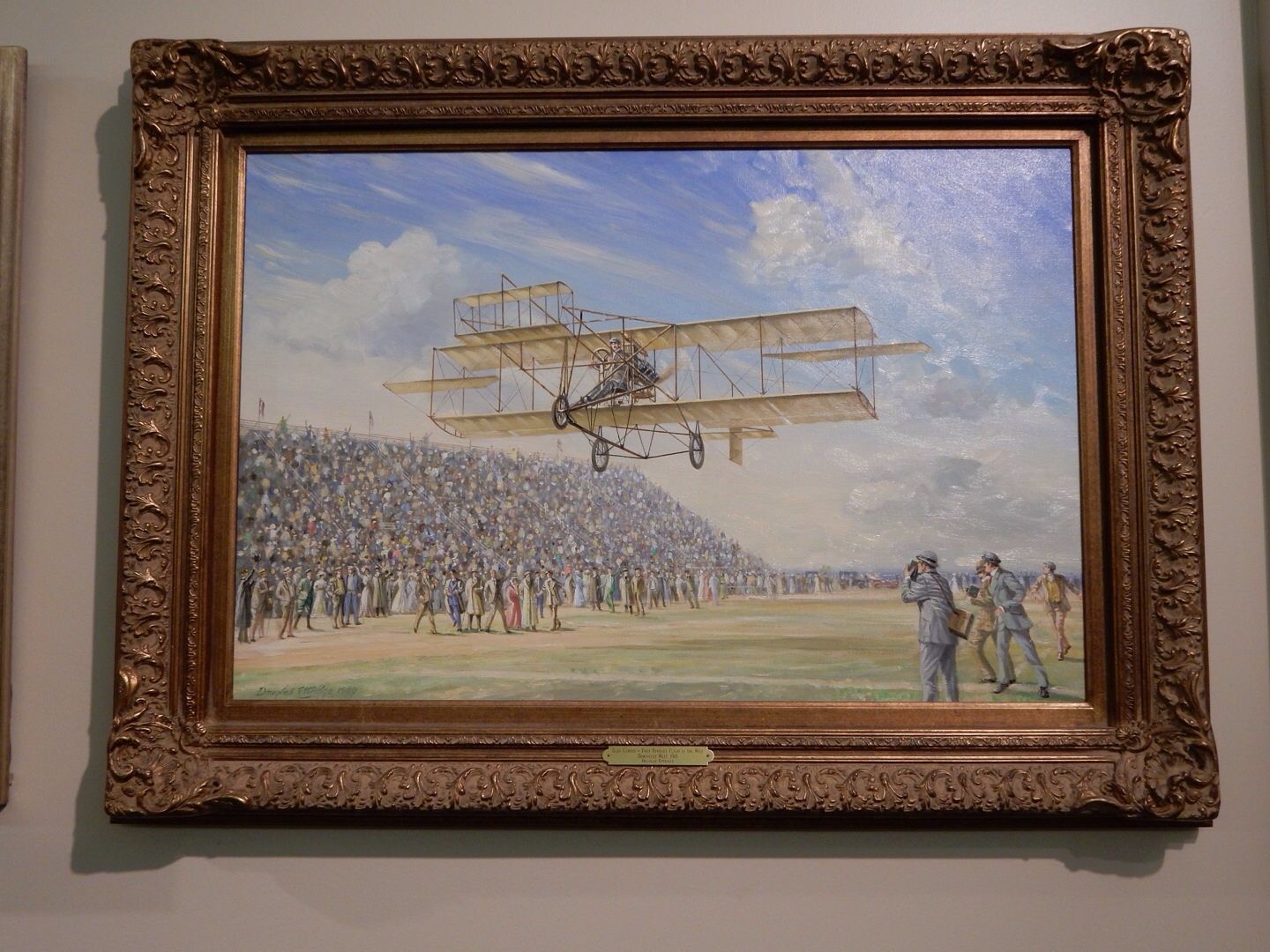
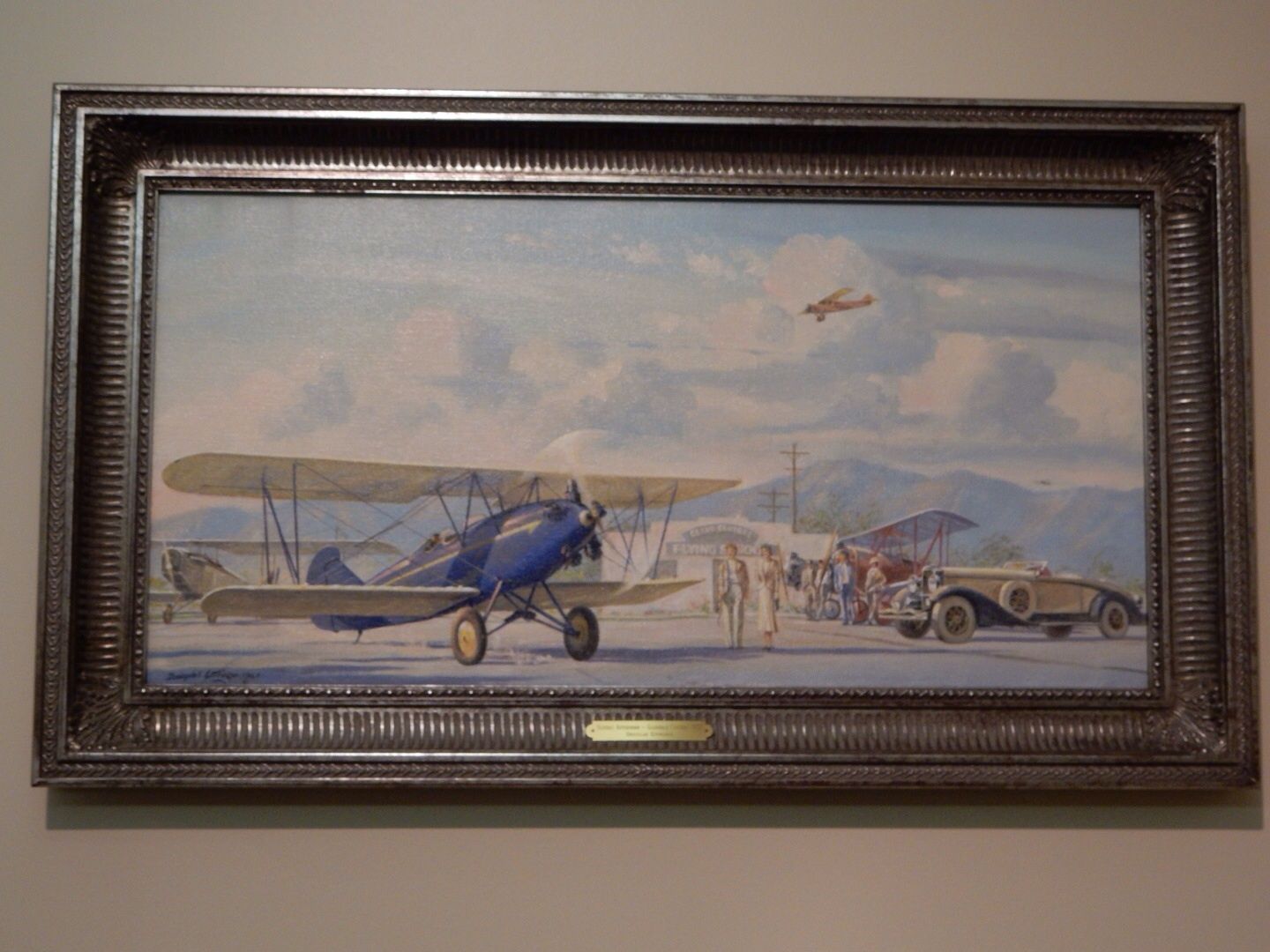

No comments:
Post a Comment